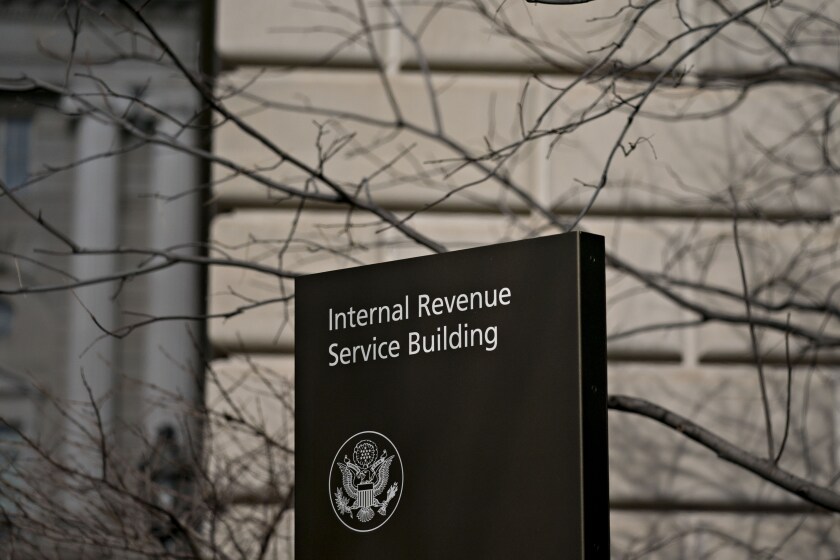Many of the payment innovations of the past decade got an early start in Canada, building a base of users and habits the nation hopes will make the pivot to post-coronavirus commerce easier than other markets.
More than 99% of Canadians have a bank account, according to the World Bank. That compares to about 75% in the U.S., according to the FDIC.
“What that means is the adoption of digital payments offered by financial institutions can be widespread, and that’s helpful in a situation like this,” said Tracey Black, CEO of Payments Canada, adding the country has a relatively high percentage of consumers with bank accounts.
Digital payments came to Canada early and often, enough for Mastercard to rank Canada high on its list of mobile readiness. McDonald’s was experimenting with contactless payments nearly a decade ago, and the country’s EMV project is about as old.

Contactless payments were accelerating in the fall of 2019 in Canada, well before the pandemic — and that has positioned the country well for tasks such as government distribution of stimulus finding.
More than 90% of Canadians are receiving government stimulus payments by methods other than checks, according to Payments Canada. In the U.S., a reliance on paper check distribution — only about 40% of Americans have direct deposit information on file with the Internal Revenue Service — could result in some checks not reaching recipients until September.
Employee Benefit News' March/April issue explores how workplaces are navigating pandemic challenges and making plans to return to the office.
The Internal Revenue Service released information on how employees now have until the end of the year to repay any payroll taxes they deferred from last year.
CPA firms will be in a great position to help their small business clients with the latest round of the Paycheck Protection Program, according to Barry Melancon.
The lack of a direct connection has led to calls in the U.S. for a public P2P app, a “digital dollar,” or a central bank digital currency.
In Canada there has been a renovation of government disbursement that made the transition to emergency payment smoother. “There was a focus on simplifying regulations for government benefits,” Black said.
The Ottawa-based Payments Canada, which has more than 100 members in the financial services, payments and other industries, reports to the government and is responsible for clearing about $218 billion in transactions daily through digital channels and checks. The agency is in the midst of a multi-year project to upgrade the national payment rails to support e-commerce, mobile apps and new security and real-time processing.
The next initiatives are updates to processing systems to manage large volume transfers, which will go live in 2021. A real-time payments project is scheduled to go live in 2022. The agency is meeting with its members to determine the pandemic’s impact on the members’ operations and the broader Payments Canada mission, though it expects these timelines will not change, Black said.
There are lingering challenges in Canada, such as legacy attitudes toward security that have held back digital ID development. And merchants have not embraced online channels in Canada as vigorously as small businesses in the U.S., for example.
“As we introduce real-time payments, it comes as Canadians become more comfortable with digital,” Black said. “That will drive adoption further once we get into the market.”
As the coronavirus lockdowns spread globally, businesses closed or altered their models to accommodate e-commerce orders and delivery. At the same time, consumers moved away from cash because paper bills are considered contagious, or due to a lack of places to spend cash. Like most markets, payment flows shifted dramatically during the crisis. Three quarters of Canadians reported spending less than before the outbreak, and about two thirds are using cash less, according to Interac, the national debit system.
Interac has accelerated its expansion because of the shift to digital. Interac has used its P2P technology to boost its business payments rails, which can aid in supply chain transactions and expanded processing options for in-app and digital debit purchases. Volumes of P2P, in-app and digital transfers have seen double-digital growth over the past year, according to Interac, which anticipates a broader shift to debit during the economic crisis.
“Debit is sexy again,” said Will Keliehor, chief commercial officer at Interac. “We’re seeing a back to basics move now.”
The shifts have been abrupt, though Keliehor contends merchants and processors can adjust due to the expansion of open development in payments technology, as APIs and software development kits enable faster integrationsbetween technology companies, banks and merchants. “All of the products we have are being used in a new way.”






